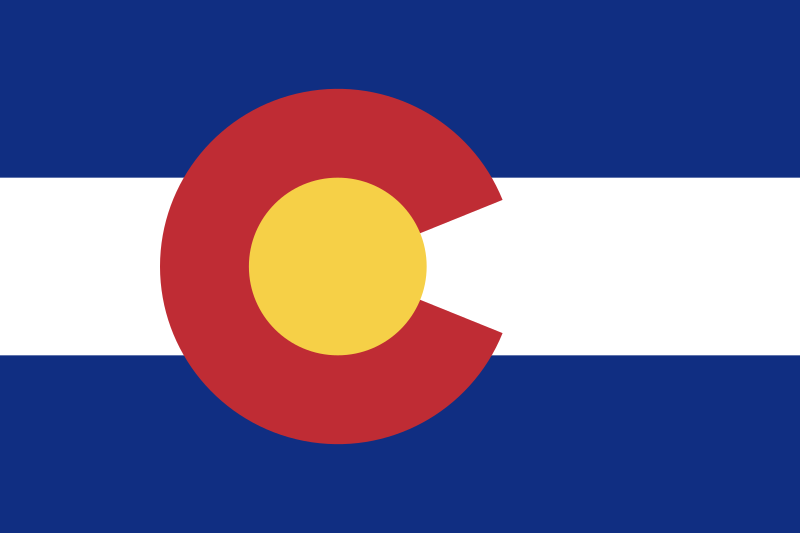The initiative would reduce, beginning on January 1, 2022, the residential and non-residential property tax rates. The residential property tax assessment rate would be reduced from 7.15% to 6.5% and the non-residential property tax assessment rate would be reduced from 29% to 26.4%. To offset the state’s reduced property tax revenue, the state would be authorized to retain and spend $25 million in revenue above the state’s TABOR spending cap for five years, which it would otherwise be required to refund to taxpayers. The retained revenue would be used to replace revenue lost due to the property tax assessment rate reduction and to reimburse local government entities for lost revenue due to homestead exemptions given to qualifying seniors and disabled veterans.
Sponsors submitted 192,562 signatures and 138,567 were projected to be valid based on a random sample check of 5% of the submitted signatures. To qualify, 124,632 signatures needed to be valid.
Cut Property Taxes registered as an issue committee to support the initiative. The committee reported $875,000 in contributions from Unite for Colorado. The committee reported expenditures totaling $868,950. The committee paid $868,728 to Victors Canvassing for signature gathering.
Michael Fields of Colorado Rising Action sponsored the measure. Fields said, “What’s been happening over the last few years is a huge rise in home values, the assessment rates that people got are a lot higher than they used to be. Our houses are worth more, but that doesn’t mean you have more money in your pocket to be able to pay for the property taxes. Seeing the strain this could put on seniors and people on fixed incomes, we wanted to make a move to lower property taxes. Most years, we fund that but some years we don’t. We wanted to give them an incentive. That whole thing is $150 million so this is only $25 million that the legislation could keep instead and spend on Homestead which would help those disabled veterans and seniors. The government will have more money next year than this year because of the high assessment rates. If values go up more than ten percent which might happen, nine percent means the government gets more but it slows the growth.”
Elliot Goldbaum of the Colorado Fiscal Institute opposes the measure. Goldbaum said, “The only people who are going to get a tax cut from this are those who own property which is about 40 percent of the state. It is not a significant number of people, but at the same time there are a lot of millionaires and billionaires who own very expensive property who are going to get a very large tax cut. The property tax benefit that is already in the constitution gets funded every year, regardless if this gets passed or not. I think it is deceptive that this was put into the ballot measure language, and we actually sued to get it taken out of the ballot measure language. We were unsuccessful, but we will be letting all of the voters know that voting for this doesn’t do anything to make sure older Coloradans and disabled veterans get that property tax benefit.”
The deadline to submit signatures for initiatives targeting the November 2021 ballot was Aug. 2. Campaigns for two other initiatives submitted signatures by that deadline: the Custodial Fund Appropriations Initiative (#19) and the Creation of Out-of-School Education Program and Marijuana Sales Tax Increase Initiative (#25). Initiative 25 was certified on Aug. 25.
From 2016 through 2020, successful initiative petition drives cost an average of about $850,000, ranging from volunteer efforts to $2.2 million.
Measures that can go on the statewide ballot in Colorado during odd years are limited to topics that concern taxes or state fiscal matters arising under TABOR, the Taxpayer’s Bill of Rights (Section 20 of Article X of the Colorado Constitution). This requirement was added to state law in 1994.
Measures that can go on odd-year election ballots include measures proposing new taxes, tax increases, an extension of taxes, tax policy changes resulting in a net tax revenue gain, changes to revenue or fiscal obligations, delays in voting on ballot issues, and approval for the state to retain and spend state revenues that otherwise would be refunded for exceeding an estimate included in the ballot information booklet.
The last time an initiative appeared on an odd-year ballot in Colorado was in 2013. The measure, which was defeated, would have changed Colorado’s flat personal income tax rate to a graduated income rate with increased rates. At least $10.4 million was raised in support of the initiative.
In 2020, eight initiatives appeared on the ballot in Colorado. Campaigns supporting the measures received an average of $3.36 million in support contributions and $2.49 million in opposition contributions. Campaigns supporting and opposing the eight initiatives on the 2020 ballot reported a combined total of $46.8 million in contributions.
Additional reading:


